Disclosure: This article contains affiliate links. We may earn a commission from purchases at no extra cost to you, which helps our travel content.
The scent of cardamom-infused tea mingles with wood smoke and leather as I weave through Kabul's labyrinthine markets, where centuries of craft traditions remain alive in weathered hands and vibrant storefronts. As a chef, I've always believed that a culture's soul lives equally in its food and its craftsmanship—both requiring patience, precision, and passed-down knowledge that defies modern shortcuts. Afghanistan's capital reveals itself like a slow-cooked stew, with layers of Persian, Central Asian, and uniquely Afghan influences that have somehow survived decades of turmoil, waiting for curious travelers willing to look beyond headlines.
Preparing for Kabul's Market Maze
Before diving into Kabul's treasure-filled markets, proper preparation is essential—this isn't your typical shopping destination. As a solo female traveler in a conservative country, I found dressing appropriately was my first ingredient in a successful market experience. Long, loose clothing that covers arms and legs is non-negotiable, and I always carry a large scarf (locally called a dupatta) for additional coverage when needed.
Security considerations can't be ignored. I arranged a local guide through trusted tour service months before arrival—an investment as essential as my passport. My guide Farid not only navigated physical spaces but cultural nuances too, introducing me to artisans who might otherwise have been hesitant with a foreign woman.
Currency management requires thought; while some larger shops accept cards, cash is king in the bazaars. I kept money in a hidden money belt worn under clothing, carrying only small amounts in an accessible wallet for daily transactions. The Afghan afghani fluctuates significantly, so I used the XE Currency app to calculate conversions on the fly—essential when bargaining becomes a rapid-fire exchange!
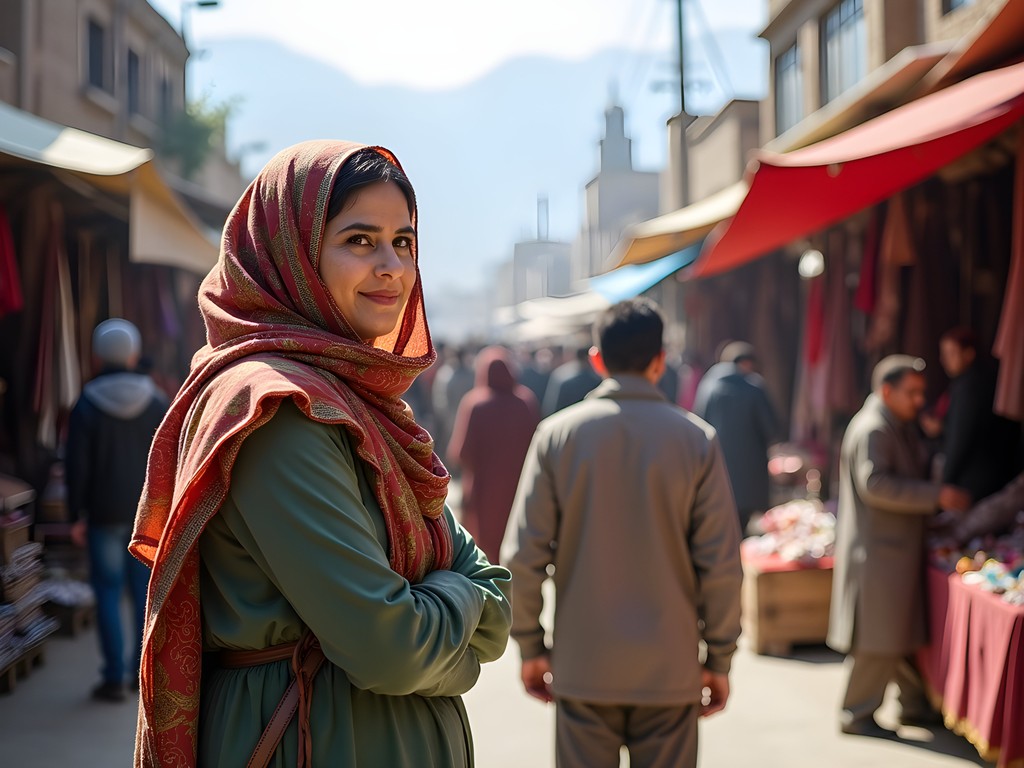
💡 Pro Tips
- Dress conservatively with arms, legs, and hair covered
- Hire a reputable local guide through established tour companies
- Carry small denominations of afghani currency for easier bargaining
Chicken Street: The Gateway to Afghan Crafts
If Kabul's market scene were a meal, Chicken Street (Kochi Morgh) would be the appetizer—a palatable introduction that hints at deeper flavors to come. Despite its humble name (derived from its history as a poultry market), this famous shopping street has been the foreigner's first stop since the 1960s hippie trail days.
My first afternoon here revealed a concentrated display of Afghanistan's craft heritage: intricately woven carpets in geometric patterns that tell stories through their designs, lapis lazuli jewelry in that unmistakable deep blue that's been treasured since ancient Egypt, and embroidered clothing that puts my knife skills to shame with their precision.
While prices here start higher due to the street's popularity with foreigners and NGO workers, the quality is generally reliable. I found my bargaining rhythm by the second day, learning to offer about 40% of the initial asking price and meeting somewhere in the middle—a dance as choreographed as folding egg whites into a soufflé. My prized find: a small travel tea set with hand-painted blue designs that now travels with me to every destination, a ritual connection to this remarkable place.
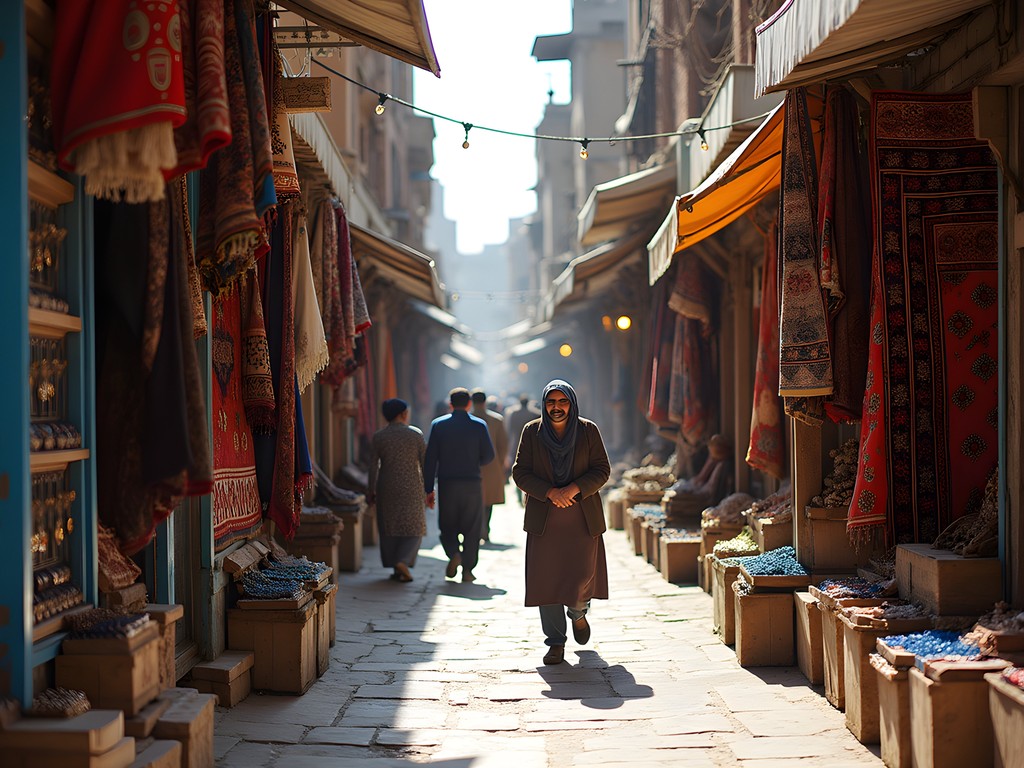
💡 Pro Tips
- Start with 40% of the asking price when bargaining
- Visit in morning hours when vendors are more willing to negotiate
- Look for shops where locals are shopping—usually better quality and fairer prices
Mandawi Market: Where Locals Shop
If you want to taste the true flavor of Kabul commerce, Mandawi Market serves it up undiluted. This sprawling commercial heart of Old Kabul makes Chicken Street look like a tourist simulation—here, the real deals happen, the prices drop dramatically, and the experience intensifies tenfold. As Farid guided me through its winding alleys, I felt like I'd stepped into a living museum of trade traditions.
Mandawi organizes itself by craft: entire sections dedicated to fabrics, metalwork, woodcarving, and spices. The textile area became my personal paradise—bolts of silk, cotton, and wool in colors that would make a spring garden jealous. I spent hours selecting fabrics that local tailors transformed into custom pieces within days for a fraction of what I'd pay back home.
The spice section demanded equal attention from my culinary sensibilities. The cardamom here—oh my goodness—worlds apart from the dusty jars languishing on American supermarket shelves. I filled a spice organizer with treasures to incorporate into my cooking back home: saffron threads at prices that didn't require a small loan, wild cumin with an earthy intensity I'd never experienced, and rose petals for tea that transported me back to Kabul with each sip.
Navigating Mandawi requires stamina and street smarts—it's crowded, intense, and gloriously chaotic. Without Farid, I would have been utterly lost, both geographically and culturally. This is not a place for solo wandering, especially for foreign women, but with proper guidance, it's the most authentic shopping experience Kabul offers.
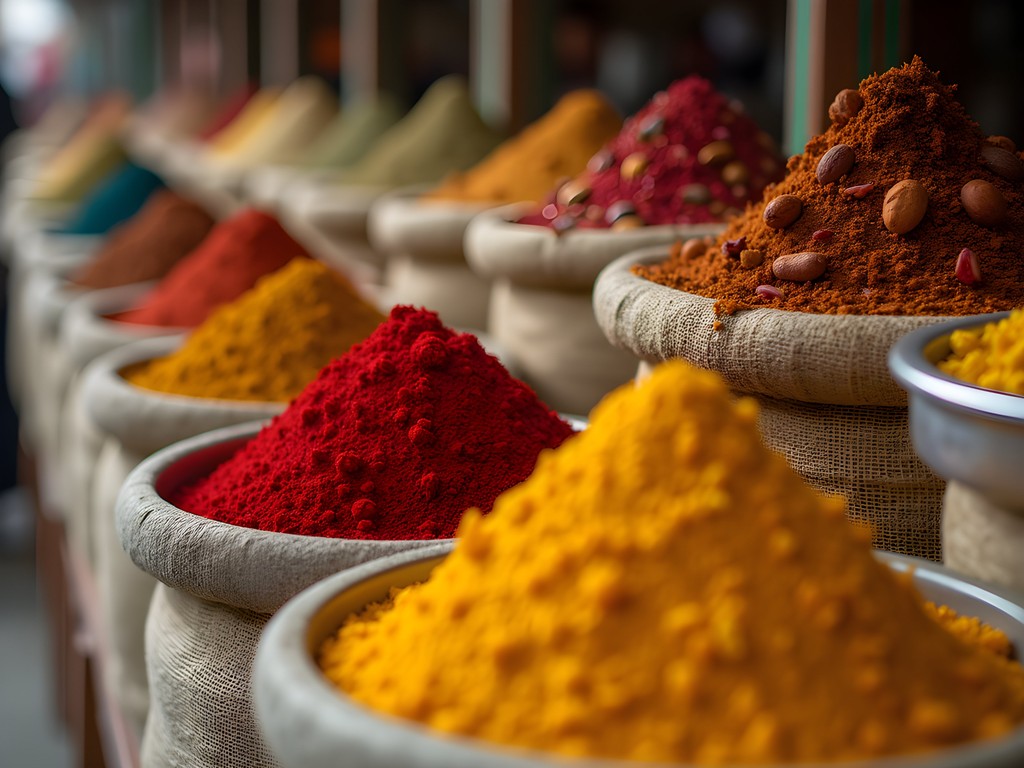
💡 Pro Tips
- Visit with a trusted local guide who knows the market layout
- Bring your own shopping bags or backpack for purchases
- Shop in the morning when temperatures are cooler and crowds thinner
Ka Faroshi Bird Market: Unexpected Treasures
Sometimes the most authentic experiences happen when you venture off the typical tourist recipe. Ka Faroshi Bird Market, tucked away in Kabul's Old City, represents exactly this kind of delightful detour. While primarily known for its bird sellers (hence the name), this narrow, centuries-old alley holds secrets that most travelers miss completely.
Between cages of colorful finches and songbirds, I discovered workshops where artisans create traditional musical instruments. The rebab (a lute-like string instrument) being crafted before my eyes connected me to Afghanistan's rich musical heritage that predates modern borders. The craftsman, noticing my genuine interest, demonstrated how different woods create distinct tonal qualities—knowledge passed down through generations like a cherished family recipe.
Further along, I found myself in a tiny shop specializing in kuchi embroidery, the intricate needlework of Afghanistan's nomadic peoples. The elderly woman showed me how she incorporates tiny mirrors, beads, and metallic threads into geometric patterns that tell stories of tribal identity and personal history. I couldn't resist purchasing a embroidered wall hanging that now serves as the focal point of my dining room, sparking conversations about Afghan craftsmanship with every dinner guest.
The bird market's narrow passages require a different pace—slow, observant, and respectful. Photos should be taken sparingly and always with permission, as this isn't primarily a tourist space but a living, working market where relationships matter more than transactions. The authenticity here comes precisely because tourism isn't its purpose.

💡 Pro Tips
- Ask permission before photographing artisans or their work
- Bring small denominations for purchases as change can be scarce
- Visit on Thursday mornings when the market is most active but not overcrowded
Shipping Your Treasures: The Final Challenge
The joy of discovering Afghan crafts eventually confronts a practical challenge: how to get your treasures home safely. After accumulating carpets, metalwork, and fragile ceramics, I faced the logistics of international shipping from a country with limited infrastructure.
Larger purchases like carpets required strategic planning. Most reputable carpet dealers offer shipping services, but I recommend thoroughly documenting your purchase with photos and detailed receipts. I used my portable document scanner to digitize all transaction records and certificates of authenticity—especially important for higher-value items that might raise customs questions.
For smaller treasures, packing supplies become precious commodities in Kabul. I brought a packing cube set that proved invaluable for organizing and protecting smaller items within my luggage. The compression feature meant I could fit significantly more into my limited space without adding weight.
Customs regulations present another layer of complexity. Some items (particularly antiques over 100 years old) may be restricted from export, and U.S. customs has specific requirements for goods from Afghanistan. I recommend researching current regulations before shopping and keeping all documentation organized. My strategy of shipping carpets directly through established dealers while carrying smaller items personally worked well, though required advance planning with my airline about baggage allowances.

💡 Pro Tips
- Research customs regulations for both Afghanistan and your home country before shopping
- Bring packing materials from home as they're difficult to find locally
- Consider purchasing extra baggage allowance for your return flight
Final Thoughts
Shopping Kabul's markets isn't merely a transaction—it's participating in the preservation of cultural heritage that has weathered centuries of change and challenge. Each piece I brought home carries stories far heavier than its physical weight: the carpet seller who showed me photos of his family learning patterns that predate written records; the metalworker whose grandfather crafted pieces for royal households; the young embroiderer combining traditional techniques with contemporary designs to support her education.
These markets represent Afghanistan beyond headlines—a place of profound creativity, resilience, and continuity. My kitchen now features copper pots that remind me daily of conversations shared over tea, while textiles brighten my living space with colors that echo Afghanistan's breathtaking landscapes.
If you're considering this journey, know that it requires preparation, patience, and presence. The rewards, however, extend beyond physical souvenirs to a deeper understanding of craft traditions that connect us across seemingly insurmountable differences. Like the perfect meal, Kabul's markets linger in memory long after the experience ends—complex, nourishing, and impossible to replicate.
✨ Key Takeaways
- Hiring a knowledgeable local guide is essential for navigating Kabul's markets safely and effectively
- The best shopping experiences happen in markets where locals shop, not just tourist areas
- Understanding cultural context enhances appreciation for Afghan crafts and improves your bargaining position
📋 Practical Information
Best Time to Visit
Spring (April-May) when temperatures are mild and seasonal goods appear in markets
Budget Estimate
$1,000-1,500/week excluding international flights
Recommended Duration
5-7 days to properly explore different market areas
Difficulty Level
Challenging
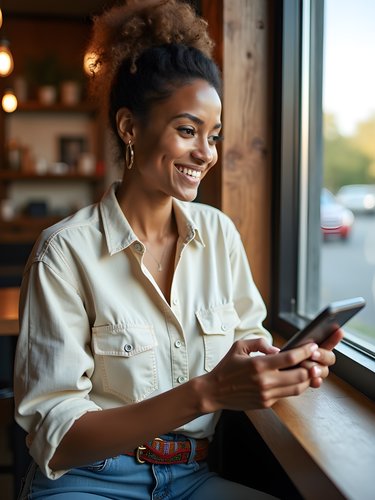
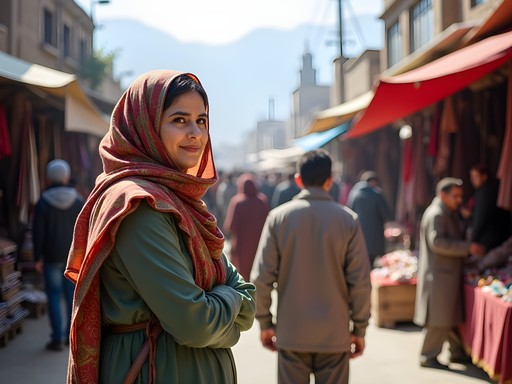

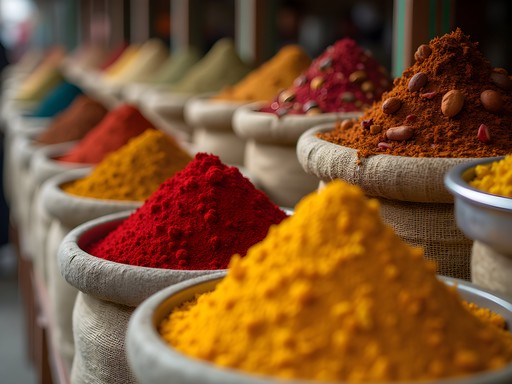
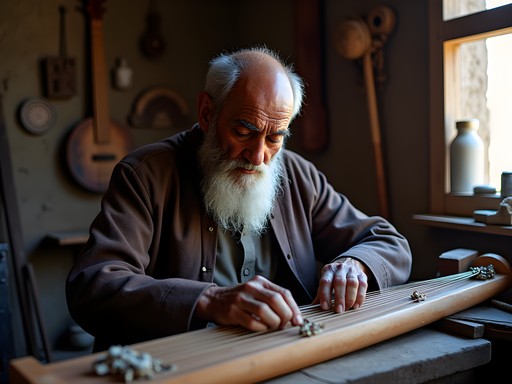





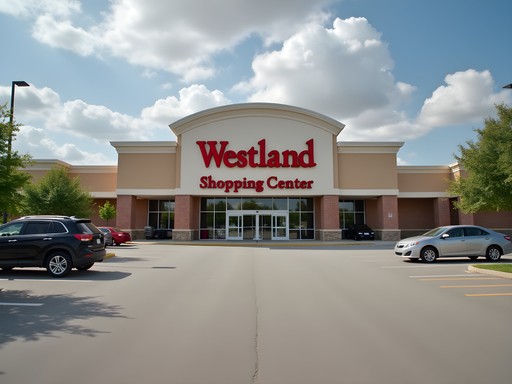


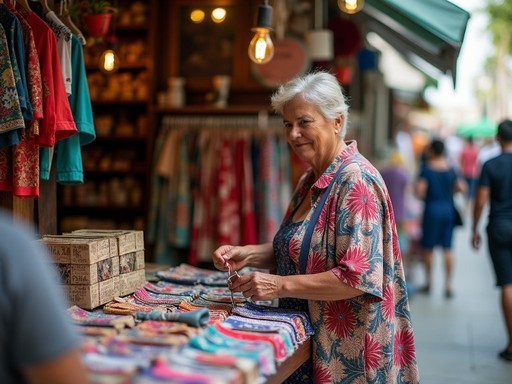


Comments
Fatima Sims
What a gorgeous post about a destination that doesn't get enough positive coverage! When I visited Kabul's markets last year, I found that learning just a few Dari phrases opened so many doors. "Qeemat chand ast?" (How much is this?) and "Tashakor" (Thank you) earned me genuine smiles and often better prices. The embroidered chapan coats in the northern corner of Chicken Street were my favorite find - the craftsmanship is incredible, with each region having distinctive patterns and colors. If you visit during winter like I did, the markets are less crowded but many vendors close early as daylight fades.
Nicole Russell
Naomi, your description of Ka Faroshi Bird Market transported me right back! I visited last year and was mesmerized by that strange mix of birdsong and market calls. Beyond the crafts, did you try any of the street food near Mandawi? Those bolani (stuffed flatbreads) from the corner vendor with the blue awning were life-changing! I spent hours wandering through those alleys discovering little workshops where artisans were creating pieces right before my eyes. The resilience of Afghan craftspeople through decades of hardship is truly inspiring.
dreamgal
Nicole & Naomi - would you recommend hiring a female guide specifically? Planning a solo trip for next spring.
Nicole Russell
Absolutely! A female guide can access spaces that might be restricted with male guides. Plus they offer valuable perspective on navigating cultural expectations for women travelers. Worth every penny!
wavebackpacker
How did you handle safety concerns while exploring these markets? Been wanting to visit but nervous about current conditions.
Naomi Fox
Great question. I always hired a local guide recommended by my hotel, dressed appropriately, and kept a low profile. The situation changes frequently, so I'd recommend checking current advisories and connecting with recent travelers before planning a trip.
Fatima Sims
I was in Kabul last month and found similar experiences to Naomi. Having a trusted local guide is absolutely essential. I used this guide service and felt completely safe throughout my visit. The markets are vibrant, but it's important to be culturally sensitive and aware.
beachninja
Beautiful photos! Those blue lapis pieces look stunning.
springseeker
Wow Naomi, this brings back such vivid memories of my visit to Kabul in 2023! Chicken Street was exactly as you described - a sensory overload in the best possible way. I still treasure the hand-knotted carpet I purchased there after an hour of tea-drinking and friendly haggling. The craftsmanship is unmatched. Did you notice how the patterns differ between regions? My guide pointed out distinctive Herat vs. Mazar-i-Sharif design elements that I would have completely missed otherwise.
Naomi Fox
Thanks for sharing your experience! Yes, the regional differences are fascinating - I actually have a follow-up post coming about carpet designs specifically. The tea ritual during negotiations was one of my favorite parts too!
springseeker
Looking forward to that carpet post! The tea ritual really makes you slow down and appreciate the whole experience rather than just the transaction.
waveninja
Great post! Quick tip for anyone going to Mandawi Market - arrive early (like 7am early) to see the wholesale traders setting up. That's when you'll find the best selection before things get crazy busy. And bring small USD bills - they're often preferred for larger purchases.
Naomi Fox
Such good advice about the early morning visits! I completely agree about the small USD bills too.
Savannah Walker
I visited Kabul in 2023 and your post brought back so many memories! Chicken Street was exactly as you described - a sensory overload in the best way. I still treasure the lapis lazuli jewelry I bought there. One tip for anyone going: learn basic Dari phrases for bargaining. When I showed vendors I made an effort with their language, prices magically dropped! Also, I found carrying my crossbody bag kept my valuables secure while leaving hands free for examining all those beautiful textiles. The Ka Faroshi Bird Market was my favorite - so unexpected and photogenic!
waveninja
Did you feel safe as a solo female traveler there? Been wanting to go but hesitant.
Savannah Walker
I wasn't solo - went with a small group tour. Honestly wouldn't recommend going completely alone right now, especially for women. Having a guide who understood local customs was essential.
starguy
Those carpets look incredible! Wish I could fit one in my backpack!
luckynomad
Amazing post, Naomi! I've been fascinated by Afghan crafts for years but always wondered about safety in Kabul. Did you feel comfortable as a foreigner in these markets? Any tips for someone considering a similar trip?
Naomi Fox
Thanks for reading! Safety is definitely a valid concern. I always traveled with a local guide who knew the areas well. The markets I mentioned are relatively stable, but situations can change quickly. I'd recommend connecting with a reputable local tour company before planning anything, and always stay updated on travel advisories.
luckynomad
That makes sense. Did you arrange your guide before arriving or once you got there?
Naomi Fox
Definitely before! I used recommendations from other journalists who'd been recently. Much safer that way.
moonadventurer
Did you need to cover your head in the markets? Planning a trip and trying to understand local customs.
Naomi Fox
Yes, I wore a headscarf throughout my visit. It's respectful of local customs and helps you blend in more. A lightweight cotton scarf works perfectly!
Jose McDonald
Definitely bring a scarf! And I'd add that loose, modest clothing that covers shoulders and knees is important too. The locals really appreciate the effort to respect their customs.
Venture X
Premium card with 2X miles, $300 travel credit, Priority Pass